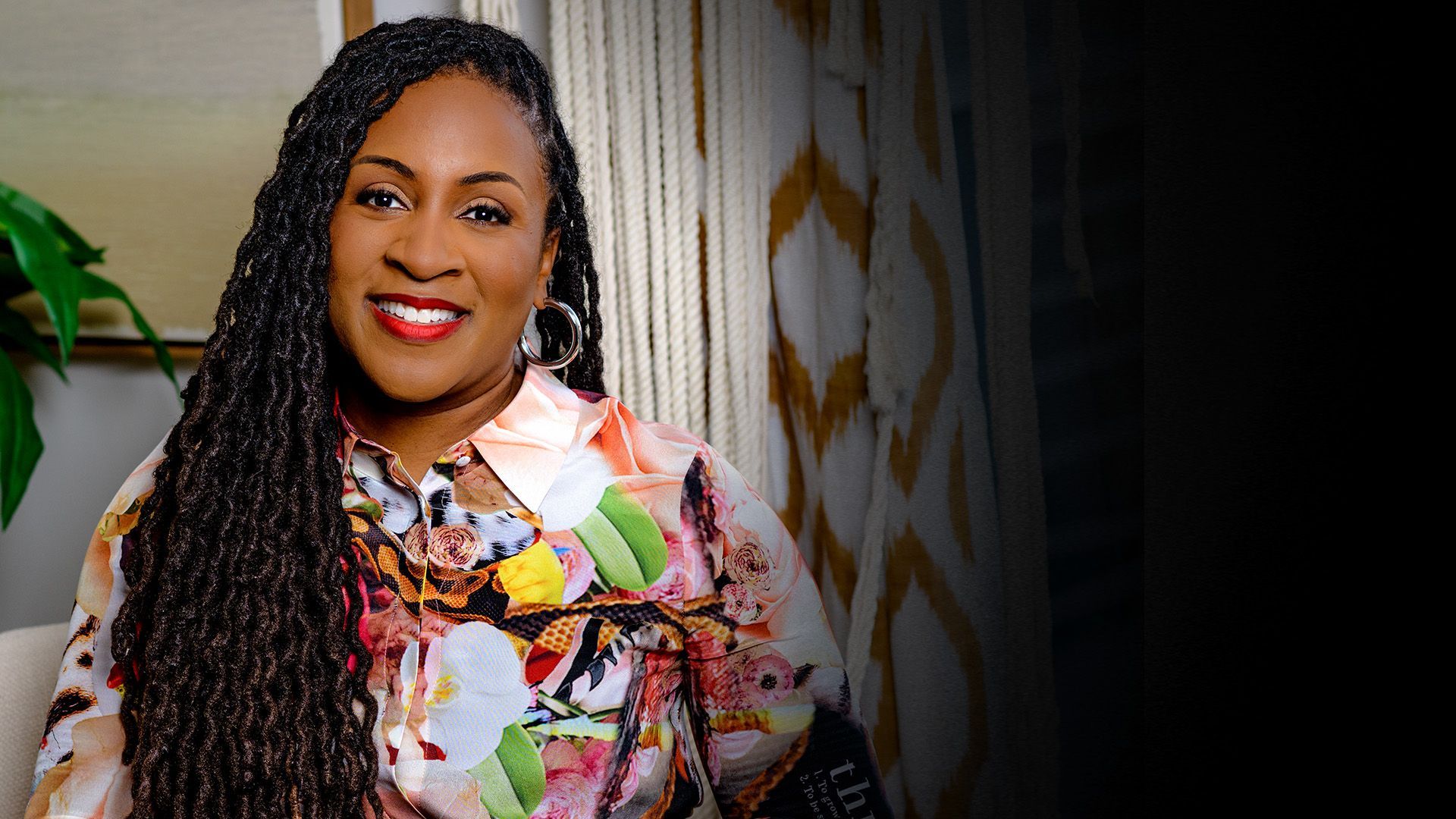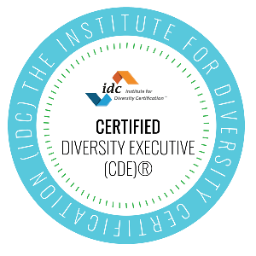How To Battle Isolation As A Diversity And Inclusion Leader
I want to share some honesty with you.
Although being a D&I consultant is a truly rewarding career — full of impact, growth, and moving the diversity needle forward — it can also be isolating.
D&I consultants and practitioners are often the only people in their roles. In fact, many organizations don’t even have a D&I role at all.
Sometimes it can feel like you’re working towards initiatives that the rest of the people in an organization aren’t even aware of, open to, or supportive of. It can feel like you’re operating on an island all by yourself.
And as this Fortune article shares, “being lonely at work is bad for business.”
So as we continue to do our work, how do we ensure that our psyche remains healthy?
How do we create a solution for this sense of loneliness and isolation so we can continue to do great work?
Here are my seven tips!
1. Manage Up and Form Strategic Alliances
Managing up is the process of communicating and supporting those leaders above you so that they can understand and act on the work you are doing.
Often times, we can feel isolated because we haven’t properly managed those people around us to buy into and support the work that we’re doing. We must shift our mindset towards forming strategic alliances with leaders, peers, and other department heads who we don’t manage but wish to influence.
By doing this, we can create a better ecosystem of support for our work to thrive.
When I was VP of D&I for the Greenville Chamber, we were developing a D&I scorecard and strategic plan. I did not just go to the department heads and say, “Here. These are the goals you need to implement.” Rather, I managed more collaboratively and shared, “Use me as a resource for developing D&I goals for your department to better align with your objectives. You know your department best. You know where there are opportunities for goals with D&I and how I can best support.”
When you speak this way, you are involving department heads, empowering them, and giving them greater agency for change. You are more effectively managing and forming strategic alliances.
This style of communication supports those managers and leaders to own their D&I goals and make them more accountable.
2. Advocate for the Support You Need
Sometimes we can’t assume people know the best way to support us.
We have to be thoughtful in the support we need and guide key stakeholders and leaders by communicating with clarity.
To achieve results, we need to communicate specific goals.
Often, I go into a meeting with a D&I practitioner and they say “I’m trying to do XYZ with a certain initiative and I can’t move the needle as much as I want because…”
My first questions are: “What is the exact type of support do you need? And have you communicated that support?”
To be effective, you need to be specific. And the more effective you are, the more you will feel ‘part of the team’ and successful in moving your business case forward.
Do you need resources? Money? Staff? Training? Do you need a more vocal voice around championing this work?
Know what you need.
And ask for it.
3. Connect and Align with other D&I Practitioners
One of the best ways to battle isolation is to create community and connection. By aligning with other D&I practitioners, you can share lessons learned, best practices, and challenges you’ve overcome. You can create a group to communicate about any struggles or feelings of isolation.
As the Harvard Business Review recommends for combating loneliness, “encourage employees throughout the organization to build developmental networks.”
For me, I make it a point to put other D&I practitioners in my network—through LinkedIn, Facebook, Meetups, etc. Then I have a list of people I can go to. Allies I can call and say “Hey, this is what I’m dealing with – what did you do when that occurred?”
Most organizations don’t intrinsically have this.
Since it’s usually just you, and only you doing the D&I work, no wonder you can’t move the needle!
In D&I, more so than other disciplines, you need to reach out to others. A collective network of support can create more impact and more effective output.
4. Create a Coalition, Collective, or a Community Program
In addition to growing your network, you can go one step deeper and create an actual coalition, collective, support group , or community program. By creating these types of programs, you can maximize your collective knowledge and human capital.
When you have a group that is meeting every so often, you can share ideas, best practices, and have real-life case studies. This can happen in a safe space, leveraging the brain power of all of those individuals to address some of those challenges.
One of the things that I’m doing this year for the Greenville Chamber (and what I’ve done for the past few years) – is creating a full day ‘Diversity and Inclusion Summit’. This is a day of workshops, facilitators, keynote presentations, and interactive panels. I’m also creating an invitation-only, extended opportunity to D&I leaders within organizations in the market. These VIP meetings help to establish deeper conversations and foster higher level connections.
Programs and events like this help build community , connection, and thought leadership. And they will help grow your network of other D&I practitioners to join you as you move this work forward.
5. Be More Intentional About Sharing Information
We can often operate in our own silos. Especially with all the work and knowledge we’ve gathered along the way.
Because we are so passionate about our work, we can forget that others in the organization aren’t as knowledgeable and aware of these D&I topics. Or, we may fall into the assumption that people are already aware of a topic we need to educate them on.
Make sure you are being more intentional about sharing information !
Shift from a passive way of thinking about it to an active way of thinking about it.
You can share a simple article, a quote, a blog, a webinar.
I’m constantly immersing myself into this space and anytime I run across an article that’s relevant to D&I – it’s just a matter of simply sending that link to those leaders.
“Hey, I just wanted to share this great article about Covering in the Workplace with you. I would love to hear your thoughts.”
Sometimes they respond, sometimes they don’t. But, I know that they’ve received and potentially read it and sometimes this comes out in a meeting later on.
Give people easy access for ways in which — on their own — they can increase their learnings. This increases their agency to then act and influence as well. The benefit is that you slowly increase the awareness and knowledge of those employees and leaders around you. Then you can *include* them in the inclusivity conversation and have more ways to communicate your work.
6. Lead With Intellect and Not Emotion
Creating more success stories in our work is a way to create more collaboration.
Even though the work we do is emotional, leading with intellect is an important way to be effective in communicating our business cases. This can help generate greater support and minimize the feelings of isolation.
It’s a fact. Not everyone will agree with you. That can cause our work to feel lonely, but by not getting too emotionally attached, we can be more compelling.
Now… leading with intellect doesn’t mean being cold. We do have to be well trained to be respectful and communicate in a way that leads to resonating with others. But we also must deliver results. You need to know your craft, know your trade, and be an assertive individual.
It’s business. Make your business case and move on.
Get the support you need financially and with backing from leadership. With support comes collaboration and success.
7. Celebrate the Small Wins
This one is so important. Celebration keeps us fueled and motivated. So much is happening, at such a fast and intense pace, that we forget to celebrate our small wins.
Celebration keeps us energized. It keeps us appreciated. It helps remind us that we are making progress along the path and moving forward with the “why” of what we do.
Because sometimes, our job is not to necessarily change things immediately but it’s to plant seeds that can lead to eventual change. Even if you’re not on the receiving end of that change – you have to be okay with that and know that tiny seeds are being planted. I used to believe if I wasn’t the one that didn’t make the change with D&I for that org, that I was at fault.
But I learned… The next person may have brought it to fruition.
I may have had to plant the seeds, provide the framework, and nurture those seeds.
What keeps me grounded is to recognize that some of those seeds are little wins. And I make sure to celebrate every aspect of those seeds — every bit of growth and movement towards the final goal.
Conclusion
In the end, we need to have bold spirits, never-ending passion, and the urge to create community for D&I leaders.
D&I is growing in popularity due to changes in our society. With each year that goes by, we keep moving towards a more diverse and inclusive world. Organizations are starting to identify, recruit and experience with D&I in mind.
You don’t need to be on an island by yourself.
You don’t need to “fight a battle” and accommodate this agenda like you are the only person inside an organization who feels for this work.
The cure is to recognize these feelings, use actions like those in this article, and move away from isolation.
Do you have any favorite tips or techniques to combat isolation and loneliness – whether you’re in D&I, an entrepreneur, or a business owner?









Burnout by Budget: How Financial Stress Creates Emotional Fragility in Leaders & What to Do About It






